
PEAK Takes on the NYC Marathon
At PEAK, we don’t just motivate our athletes to take on an experience not felt possible – we challenge ourselves to do the same....
Read moreUnderstanding the distinctions between tendons and muscle bellies can have significant implications for individuals of all ages and fitness levels:

In conclusion, while muscles and tendons may seem like simple components of our anatomy, their intricate structures and functions have profound implications for our daily lives. By seeing our physiotherapists they can recognize the differences between how to appropriately manage muscles and tendon injuries, manage and promote pain reduction, injury prevention, optimize performance, and enhance our overall health and longevity.

At PEAK, we don’t just motivate our athletes to take on an experience not felt possible – we challenge ourselves to do the same....
Read more
As a Titleist Performance Institute (TPI) Certified Physiotherapist, I’ve been fortunate over the years to have behind the scenes access by being a part...
Read more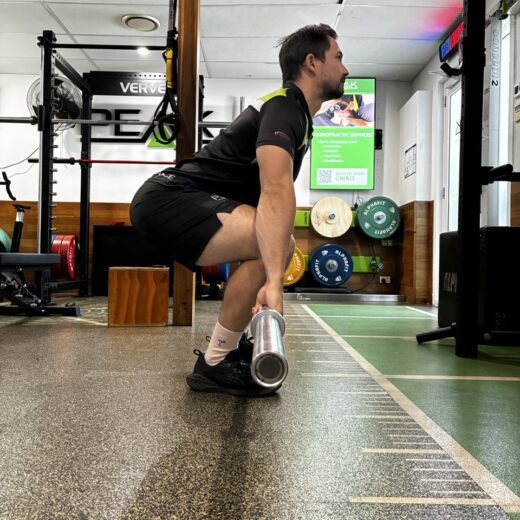
When most people think about Olympic weightlifting, they picture explosive power — the bar flying from the floor to overhead in one smooth, powerful...
Read more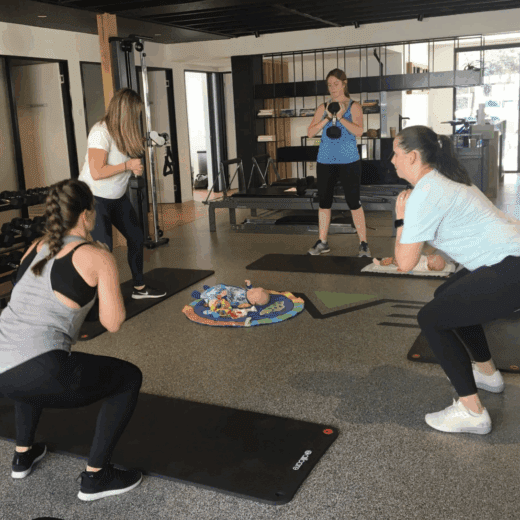
For most people with an uncomplicated pregnancy, physical activity is safe, highly beneficial, and one of the best things you can do for your...
Read more
At PEAK Sports and Spine Centre, we believe in more than just the standard rehabilitation, we believe in unlocking potential, embracing challenges, and achieving...
Read more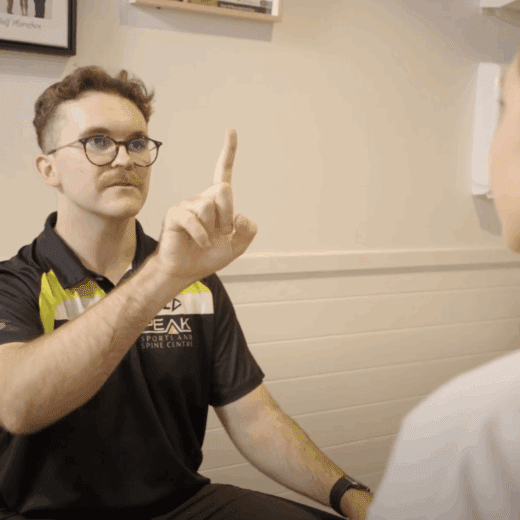
At PEAK, we pride ourselves on being able to get athletes back to the sport as quickly and safely as possible. Concussion is an...
Read more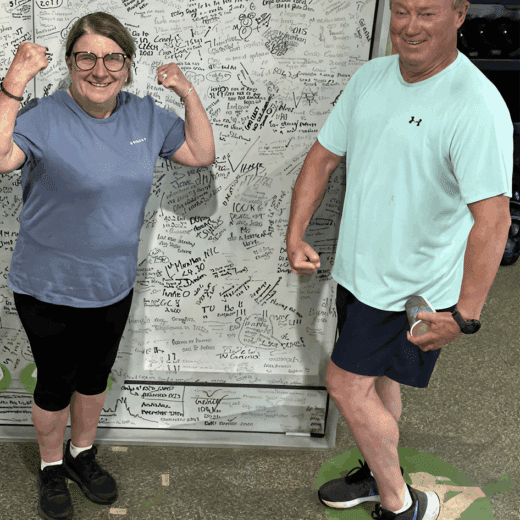
At PEAK Sport and Spine Centre, we see strength in many forms – not just in kilograms lifted or kilometres run, but in resilience,...
Read more
When you have entered either of our arena’s you may have been lucky enough to collide with one of our amazing All Stars, Jaime...
Read more
Running economy refers to how efficiently your body uses energy—specifically, oxygen—while running at a steady speed. Think of it like fuel efficiency in a...
Read more
As autumn’s golden light settles over Bethpage Black, the pro golf world stands electrified. The 2025 Ryder Cup looms ahead, a stage where two...
Read moreNot exactly what you're looking for?
View all articles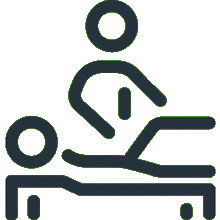
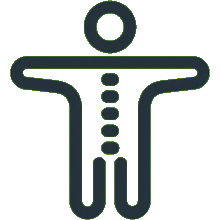
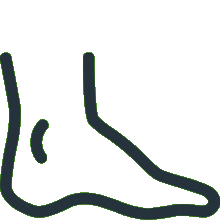
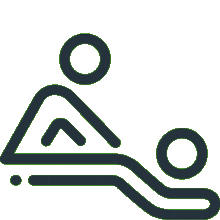



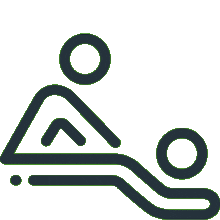


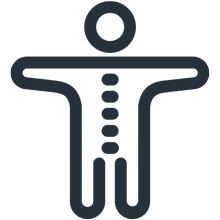
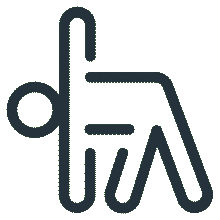






Can't find what you're after?
View all ServicesOr email the PEAK team at info@peakssc.com.au
To make a booking outside of business hours, please use our form by clicking here.
To make a booking outside of business hours, please use our form by clicking here.